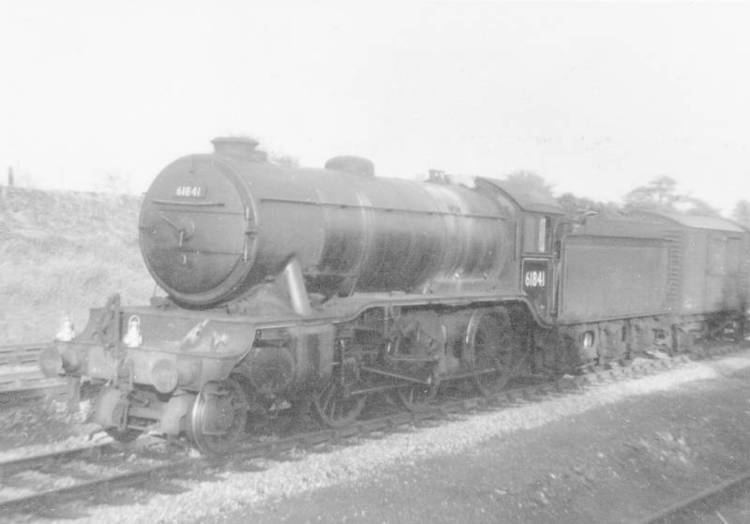Power type Steam Build date 1920–1937 | Total produced 193 | |
 | ||
Builder Doncaster Works,Darlington Works,Armstrong Whitworth, (40)Robert Stephenson & Co.,North British Locomotive Co. | ||
The Great Northern Railway Class H4 (classified K3 by the LNER) was a class of 2-6-0 steam locomotive designed for mixed-traffic work.
Contents
The type was a more powerful development of the earlier H3 (LNER K2) class and was notable at the time, as the 6-foot-diameter (1.8 m) boilers were the largest fitted to any British locomotive to that date. After formation of the London and North Eastern Railway, the type became known as class K3 and was adopted as an LNER standard design.
Construction
The first ten locomotives were built at the GNR's Doncaster Works in 1920, to the design of Nigel Gresley. Six further batches were built at Doncaster and Darlington Works, Armstrong Whitworth, Robert Stephenson and Company and the North British Locomotive Company. The last few of 193 examples were delivered in 1937.
Use
They were excellent mixed-traffic locomotives, although their large size restricted their route availability. In their latter years they were primarily employed on vacuum-fitted freight traffic.
Class K5
In 1945, Edward Thompson rebuilt K3 No. 206 into a two-cylinder engine forming the LNER Class K5. No more were so treated, although some later received K5 type boilers.
Numbering
The original ten locomotives were numbered 1000–1009 by the GNR, and became LNER 4000–4009. Those built for the LNER were numbered haphazardly, filling in gaps in the LNER's numbering scheme. In the LNER's 1946 renumbering programme, the K3s and K5 were renumbered 1800–1992, and they later became British Railways 61800–61992.
Withdrawal
All were withdrawn and scrapped between 1959 and 1962; the K5 went in 1960. None have survived into preservation.
